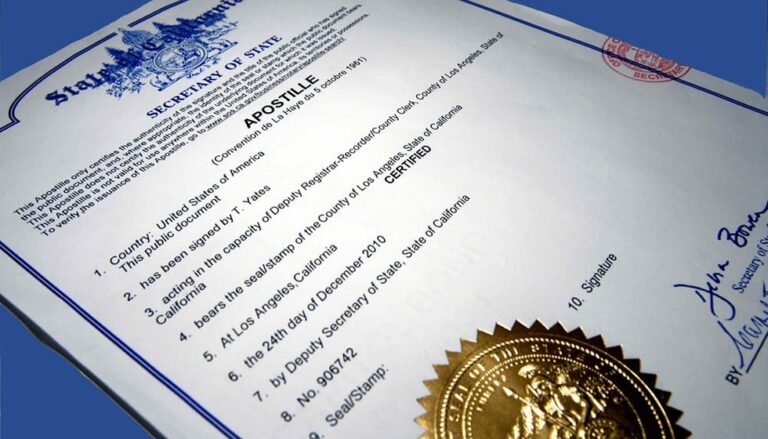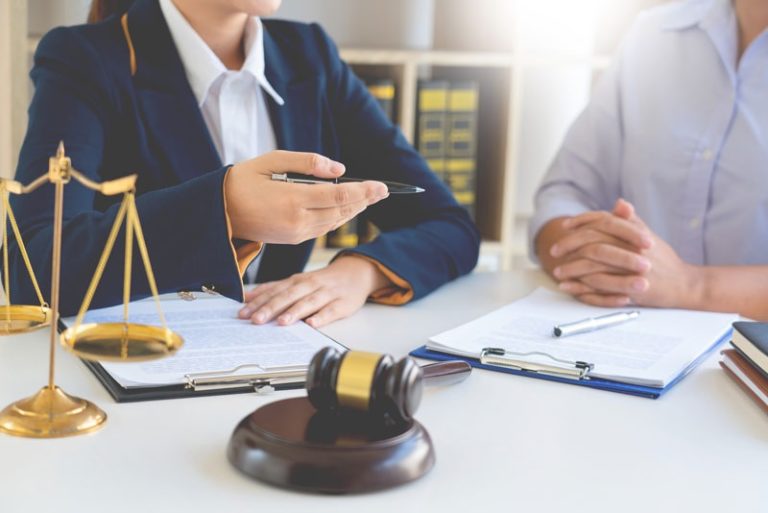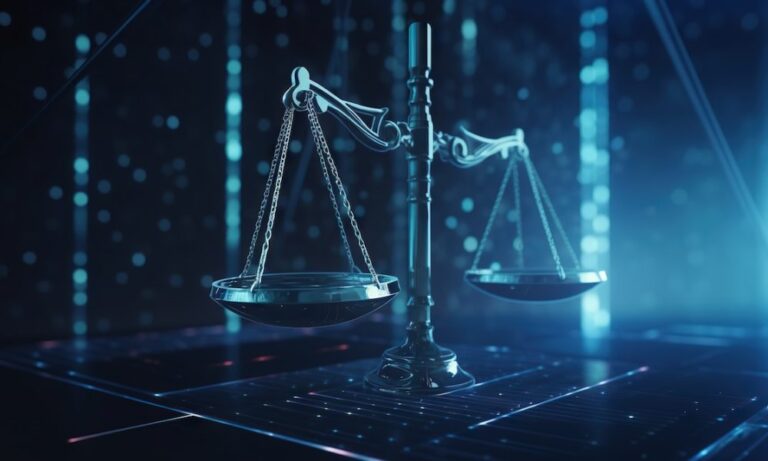Definition of Mass Tort
So, what exactly is a mass tort? Well, it’s basically when a whole bunch of people get hurt by the same thing – usually a product or a company’s actions. Think of it as a group lawsuit where everyone’s injuries stem from a common source. It’s not just one person suing; it’s a whole crowd. For example, imagine a defective drug that causes serious side effects in thousands of patients. Those patients might band together to sue the drug company in a mass tort.
Common Types of Mass Tort Cases
Mass tort cases come in all shapes and sizes, but some pop up more often than others. Here are a few common examples:
- Pharmaceutical Litigation: This involves lawsuits against drug companies for dangerous or defective medications. Think of cases involving opioids or certain diabetes drugs.
- Product Liability: This covers situations where a product, like a car or a household appliance, is defectively designed or manufactured, leading to injuries.
- Environmental Contamination: These cases arise when companies pollute the environment, causing health problems for people living nearby. This could involve contaminated water or air.
Differences Between Mass Tort and Class Action
Mass torts and class actions? People get them mixed up all the time. They both involve a lot of plaintiffs, but there are key differences. In a class action, there’s one big group, and a few people represent everyone else. The outcome applies to the whole class. In a mass tort, each person’s case is treated more individually. While the cases are often consolidated for efficiency, each plaintiff has their own lawyer and their own settlement. Think of it this way:
- Class actions are like a big potluck where everyone shares the same dish.
- Mass torts are more like a buffet where everyone picks what they want.
- Each person’s situation is considered more individually in a mass tort.
The Role of Experienced Mass Tort Attorneys
Importance of Legal Expertise
When dealing with mass tort cases, having a lawyer who knows their stuff is super important. These cases aren’t your run-of-the-mill lawsuits; they’re complex, involving many people harmed by the same thing. A good attorney brings a wealth of knowledge about product liability, negligence, and the specific laws that apply to mass torts. They understand the science behind the injuries or illnesses, which is often key to proving the case. Plus, they know how to deal with big companies and their legal teams, who will fight hard to avoid paying out.
Navigating Complex Legal Processes
Mass tort litigation can be a real maze. There are deadlines to meet, documents to file, and procedures to follow. An experienced attorney can guide you through all of this, making sure nothing gets missed. They handle everything from initial filings to coordinating with other lawyers involved in the case. This includes:
- Gathering evidence
- Interviewing witnesses
- Working with expert witnesses
Without someone who knows the ropes, it’s easy to get lost or make mistakes that could hurt your chances of getting compensation.
Building a Strong Case for Victims
Building a solid case in a mass tort situation takes skill and resources. Attorneys need to collect evidence, analyze data, and present a compelling argument in court. This often involves:
- Proving the link between the product or action and the injuries
- Demonstrating the extent of the damages suffered by the victims
- Negotiating with the defendants to reach a fair settlement
Experienced attorneys know how to do all of this effectively, maximizing the chances of a successful outcome for their clients. They’re not just lawyers; they’re advocates who fight for the rights of those who have been harmed.
Identifying Eligible Victims
Criteria for Participation in Mass Tort
Determining who can participate in a mass tort case involves specific criteria. It’s not just about experiencing a similar event; it’s about demonstrating a direct link between the event and the harm suffered. Generally, eligibility hinges on proving exposure to a specific product or event named in the lawsuit. This exposure must then be shown to have caused a specific injury or illness recognized by the courts.
Several factors are considered:
- Exposure to the harmful product or event.
- A diagnosis of a specific illness or injury linked to the exposure.
- Meeting the statute of limitations for filing a claim, which varies by state and type of case.
- Having sufficient documentation to support the claim, such as medical records and proof of exposure. Make sure to verify all criteria before making any decisions.
Common Injuries and Illnesses
Mass tort cases often involve a range of injuries and illnesses. Some of the most common include:
- Cancers, such as mesothelioma (often linked to asbestos exposure).
- Birth defects, potentially caused by medications taken during pregnancy.
- Respiratory illnesses, like those resulting from exposure to toxic chemicals.
- Cardiovascular problems, sometimes linked to defective medical devices or pharmaceuticals.
- Neurological disorders, which can arise from exposure to certain toxins or defective products.
These are just a few examples, and the specific injuries and illnesses involved can vary widely depending on the nature of the mass tort.
Impact of Mass Tort on Victims’ Lives
The impact of a mass tort event on victims’ lives can be devastating. Beyond the physical and emotional toll of the injury or illness, victims often face significant financial burdens. Medical expenses can quickly mount, and the inability to work can further strain resources. The legal process itself can be overwhelming, adding to the stress and uncertainty. Mass tort litigation aims to provide compensation for these losses, helping victims regain some measure of stability and security. It also serves as a means of holding responsible parties accountable for their actions, potentially preventing similar harm in the future. The goal is to help victims get back on their feet and support victims through a difficult time.
The Legal Process in Mass Tort Litigation
Filing a Mass Tort Claim
So, someone decides to file a mass tort claim. What does that even mean? Well, it starts with a complaint, just like any other lawsuit. This document lays out the who, what, when, where, and why. It identifies the defendant(s) – usually a big company – and explains how their actions caused harm to a bunch of people. The complaint also details the specific injuries or illnesses suffered by the plaintiffs. It’s important to get this right because it sets the stage for everything that follows. Think of it as the opening chapter of a long and complicated book. It’s also important to understand the governing regulations that apply to these cases.
Discovery and Evidence Gathering
Next up is discovery. This is where both sides get to dig into each other’s business. It’s like a treasure hunt, but instead of gold, you’re looking for evidence. This can involve:
- Depositions: Lawyers get to question witnesses under oath. It’s like a formal interview, and everything is recorded.
- Interrogatories: These are written questions that the other side has to answer. It’s a bit like a homework assignment, but with serious legal consequences.
- Document requests: This is where you ask the other side to hand over relevant documents. Think emails, internal memos, safety reports – anything that could shed light on the case.
- Expert witnesses: These are people with specialized knowledge who can offer their opinions on technical or scientific issues. They can be doctors, engineers, or other professionals.
All this information is used to build a case. It’s a long and often tedious process, but it’s essential for proving your claims.
Trial and Settlement Options
Okay, so you’ve filed the claim, gathered the evidence… now what? Well, you have two main options: trial or settlement. A trial is where you present your case to a judge or jury, and they decide the outcome. It can be a risky proposition because you never know for sure how things will go. Settlements, on the other hand, are agreements reached between the parties to resolve the case without going to trial. This can involve:
- Negotiation: Lawyers from both sides talk to each other and try to find common ground.
- Mediation: A neutral third party helps the parties reach an agreement.
- Arbitration: A neutral third party hears both sides of the case and makes a binding decision.
Settlements are often preferred because they offer more certainty and can be quicker and less expensive than trials. But sometimes, a trial is necessary to get a fair outcome. It really depends on the specifics of the case and the willingness of the parties to compromise.
Challenges Faced by Injury and Illness Victims
Emotional and Psychological Impact
Dealing with injuries and illnesses from mass tort cases isn’t just about the physical pain. It hits people hard emotionally and mentally too. The stress of dealing with health issues, legal battles, and uncertainty can lead to anxiety and depression. It’s a lot to handle, and it’s not uncommon for victims to feel overwhelmed or isolated. The emotional toll can be significant, affecting their daily lives and relationships. It’s important to recognize these challenges and seek support when needed.
Financial Burdens and Medical Costs
One of the biggest problems for injury and illness victims is the money stuff. Medical bills pile up fast, and if someone can’t work because of their condition, it makes things even worse. It’s a tough spot to be in, trying to cover expenses while dealing with health issues. The financial strain can add a lot of stress to an already difficult situation. The costs associated with treatment and recovery can be overwhelming, leaving victims and their families struggling to make ends meet.
Navigating Insurance Claims
Dealing with insurance companies can be a real headache. It’s like they don’t want to pay out what’s fair. You have to jump through hoops, fill out tons of paperwork, and sometimes they still deny the claim. It’s frustrating when you’re already dealing with so much. It’s important to know your rights and maybe get some help from someone who knows how insurance companies work. Here are some common issues:
- Claim denials
- Low settlement offers
- Delays in processing claims
Advocacy and Support Resources
Organizations Supporting Victims
Victims of mass torts often need assistance beyond legal representation. Several organizations exist to provide support. These groups can offer emotional support, educational resources, and connections to others who have experienced similar situations. These organizations play a vital role in helping victims cope with the aftermath of their injuries or illnesses. Some organizations focus on specific types of injuries or illnesses, while others offer broader support services. For example, if someone has a brain injury, there are resources available to help.
Community Resources and Networks
Local community resources and networks can be invaluable for mass tort victims. These resources might include support groups, counseling services, and assistance with daily living activities. Community centers often host events and programs that can help victims connect with others and build a support system. Additionally, local charities and non-profit organizations may provide financial assistance or other forms of aid. Consider these points:
- Local support groups offer a safe space to share experiences.
- Community centers provide access to various services.
- Networks can connect victims with helpful resources.
Legal Aid and Pro Bono Services
Access to legal representation is essential for mass tort victims, but the cost can be a barrier for some. Legal aid societies and pro bono programs offer free or low-cost legal services to those who cannot afford an attorney. These services can help victims understand their rights, file claims, and navigate the legal process. Many attorneys volunteer their time to provide pro bono assistance to those in need. It’s worth checking out:
- Local bar associations for pro bono programs.
- Legal aid societies in your area.
- Non-profit organizations offering legal assistance.
The Importance of Public Awareness
Raising Awareness About Mass Tort Issues
Public awareness is super important when it comes to mass tort cases. A lot of people just don’t know these things exist, or they don’t understand how they work. Getting the word out there can help potential victims realize they might have a claim. It’s about making sure people know their rights and understand that they might be entitled to compensation if they’ve been harmed by a defective product or dangerous drug.
The Role of Media in Advocacy
The media plays a big role in all of this. News outlets, social media, and even documentaries can shine a light on mass tort cases. Good reporting can expose the wrongdoing of companies and bring attention to the suffering of victims. It can also help to educate the public about the risks associated with certain products or practices. The media can also help to connect victims with attorneys who can help them pursue their claims.
Engaging the Community for Support
Community involvement is also key. Local organizations, support groups, and even just neighbors talking to each other can make a big difference. When people share their stories and experiences, it creates a sense of solidarity and helps victims feel less alone. Community support can also provide practical assistance, such as:
- Raising money for medical expenses
- Organizing events to raise awareness
- Providing emotional support and encouragement











